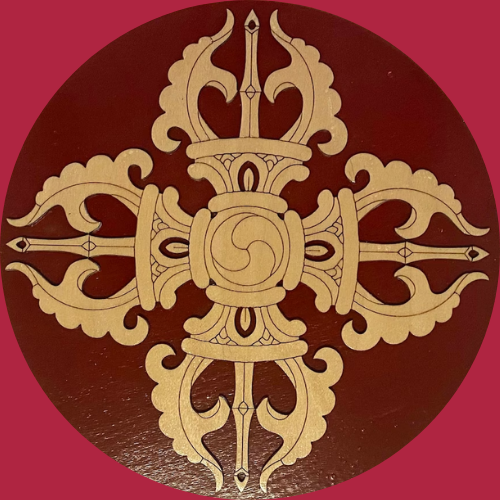Folk Dances [Tripura]
Garia Dance
The life of Tripuris revolve around Jhum cultivation. When the sowing of seeds at a plot is over by Mid April, people pray for harvest. The celebrations continues for 7 days, they seek to amuse their deity with cultural songs and cultural dance forms.
Hai-Hak Dance
The Halam community practices Jhum cultivation. At the end of every harvest season the Malsum brings Goddess Laxmi for worshiping. They perform Hai-Hak dance that shows various rhythm & reflects Inherited culture of distant past heritage.
Wangala Dance
After harvest, ‘Wangala’ or 1st rice eating ceremony is performed in every household. The Sangnakma, who is the head of communities visits every house and cuts a pumpkin as a part of worship. Pumpkins are sacrificed on this occasion. After that the women dance to the beat of ‘Dama’ and ‘Aaduri’ made of buffalo horn. The dance projects a rehearsal for war.
Bijhu Dance
A dance form of Chakma community. Bijhu or ‘Chaitra Sankranti’ denotes the end of a year. Chakmas bid farewell to the previous year. The dance is elegantly orchestrated with a perfect rhythm which plays ‘Kheng-garang’, ‘Dhukuk’ and flute. Chakma women usually wear flowers on their hair along with nice metal ornaments.
Lusai Dance
Lusai girls are well dressed in colorful attire. They perform dances whenever any visitor pay visits to their house. A colorful dance form, where young girls of the entire community participate. Their dress compensates the need for any ornaments.
